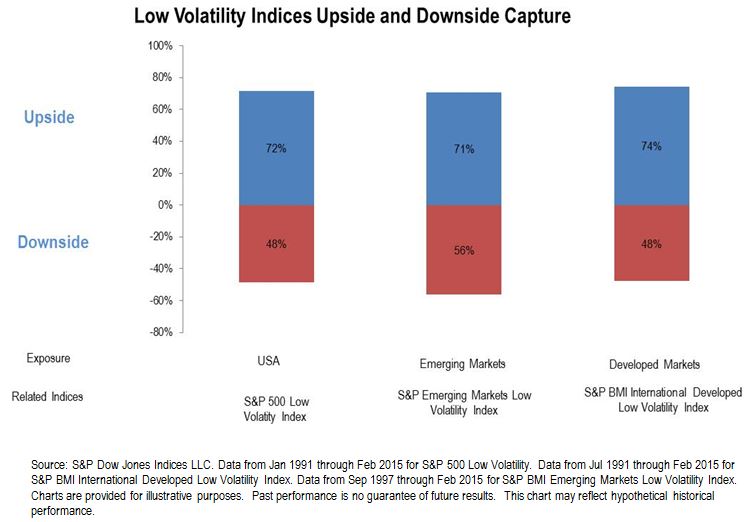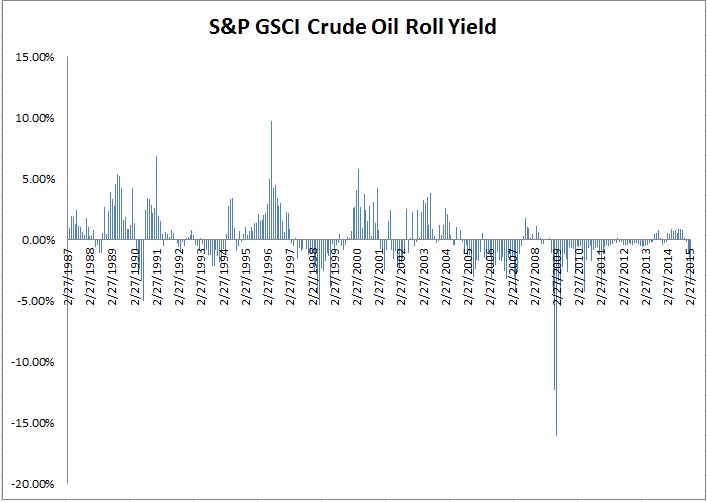The yield of the S&P/BGCantor Current 10 Year U.S. Treasury Bond Index started the week of March 9, 2015, at 2.20% and continued lower, closing the week at a 2.12%. The majority of this move is credited to the European Central Bank’s (ECB) purchasing of debt to support its economy. The ECB’s U.S. Federal Reserve-style purchasing drove yields lower globally, along with moving the euro currency from 1.08 to an almost-parity with the U.S. dollar of 1.04. European investor demand for the higher yields of U.S. Treasuries led to the successful auctioning of 3-, 10-, and 30-year Treasuries totaling USD 58 billion in par amount.
Riding the line between investment grade and high yield, the S&P Crossover Rated Corporate Bond Index, which seeks to measure the performance of U.S. corporate bonds rated from “BBB+” down to “BB-“, has returned -0.66% MTD and 1.40% YTD, as of March 13, 2015.
The S&P U.S. Investment Grade Corporate Bond Index is down 0.61% MTD and has returned 1.10% YTD, as of March 13, 2015. The past week saw new issuance of at least USD 42 billion, as deals across all maturities came to market. Zimmer Holdings, along with financial firms such as Toronto Dominion, Barclays Plc, ING Bank N.V., and Lloyds Bank, all contributed to the amount of investment-grade outstanding debt.
Issuance is not unique to the investment-grade sector, as U.S. municipal bonds have also experienced a surge of new issuance by cities, states, and government entities. According to Aaron Kuriloff’s article,[1] USD 68.5 billion of municipal bonds have been sold this year. The S&P National AMT-Free Municipal Bond Index is down 0.38% MTD and is returning 0.28% YTD.
The high-yield bond market, as measured by the S&P U.S. Issued High Yield Corporate Bond Index, had recently been clawing its way up in performance for 2015. January’s mild return of 0.80%, coupled with a February return of 2.25%, was heading in the right direction, but March has been fatal so far. The index has returned -1.01% MTD, bringing its YTD return to 2.03% as of March 13, 2015.
Tom Lydon’s recent article[2] discusses the pull back in the high-yield market and mentions new issuance as a factor. Additional supply has had an effect on pricing, though the effect of oil prices and the size of the energy sector within this market should not be forgotten. Exhibit 1 shows the energy sector (14%) of the S&P U.S. Issued High Yield Corporate Bond Index in comparison with movements in oil prices.
Investors’ need for yield may have enticed them back into high yield bonds at the end of January, as oil moved from USD 45 to USD 53 a little too early. Even as the news reports increases in retail gasoline prices, the USD 54 price of oil in mid-February has slowly moved down to a price of USD 44 on the NYMEX WTI crude future contract in mid-March.
As mentioned in the Lydon article, the SPDR Barclays Short Term High Yield Bond ETF has attracted USD 96.5 million in assets. Shorter duration, high-yield bonds, such as those captured in the S&P 0-3 Year High Yield Corporate Bond Index, are up 0.09% MTD and 1.85% YTD (as of March 13, 2015), as investors move down the curve in order to reduce rate volatility and term risk exposure.
Exhibit 1: The S&P U.S. Issued High Yield Corporate Bond Index Energy Sector Versus the NYMEX Crude Oil Future

Source; S&P Dow Jones Indices LLC, NYMEX. Data as of March 13, 2015. Charts and tables are provided for illustrative purposes. Past performance is no guarantee of future results.
[1] Aaron Kuriloff. “Muni Bonds Headed for a Rough Patch, Higher Interest Rates, Surge in Issuance Pressure Prices.” The Wall Street Journal, http://www.wsj.com/articles/muni-bonds-headed-for-a-rough-patch-1425838695
[2] Tom Lydon. “Investors Grow Wary of High-Yield, Junk Bond ETFs.” ETF Trends. March 16, 2015: http://www.etftrends.com/2015/03/investors-grow-wary-of-high-yield-junk-bond-etfs/?utm_source=iContact&utm_medium=email&utm_campaign=ETF%20Trends&utm_content=
The posts on this blog are opinions, not advice. Please read our Disclaimers.










